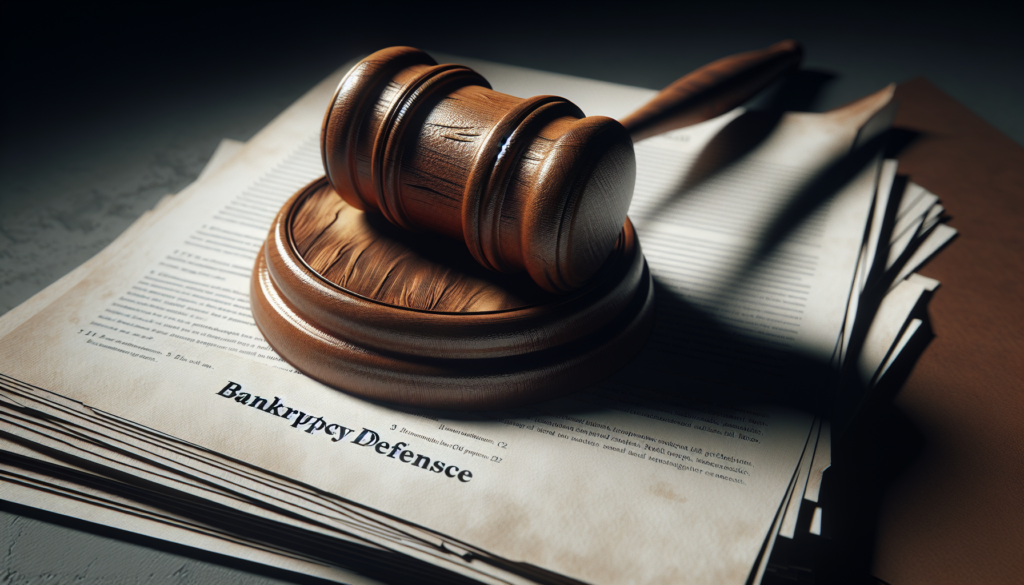
A discharge in bankruptcy is a legal order that releases a debtor from personal liability for certain types of debts, meaning the debtor is no longer legally required to pay any debts that are discharged. This discharge is the primary goal for most individuals filing for bankruptcy, as it provides a fresh financial start by wiping out debts.
Types of Bankruptcy and Discharge
The specifics of a discharge vary depending on the type of bankruptcy filed:
- Chapter 7 (Liquidation Bankruptcy): In a Chapter 7 case, the discharge typically occurs relatively quickly, usually a few months after filing. This type of discharge eliminates most unsecured debts, such as credit card debt, medical bills, and personal loans. However, certain debts like student loans, most tax debts, alimony, and child support obligations are not dischargeable under Chapter 7.
- Chapter 13 (Reorganization Bankruptcy): Chapter 13 involves a repayment plan that lasts between three to five years. The discharge in Chapter 13 occurs after the completion of all payments under the repayment plan. This discharge can be broader than in Chapter 7, potentially including some debts that cannot be discharged in a Chapter 7 bankruptcy, such as debts for willful and malicious injury to property.
Debts Typically Discharged
The following debts are commonly discharged in bankruptcy:
- Credit card debt
- Medical bills
- Personal loans
- Certain judgments against the debtor
- Business debts
- Past due rent from leases or contracts
Debts Not Discharged
Some debts are not discharged in bankruptcy, including:
- Most student loans
- Recent tax debts and other certain tax-related liabilities
- Alimony and child support
- Fines, penalties, and restitution imposed by a court for violations of law
- Debts for personal injury caused by driving under the influence of alcohol or drugs
The Process of Obtaining a Discharge
The process to obtain a discharge varies by the type of bankruptcy:
- Chapter 7: After the bankruptcy filing, the debtor must attend a meeting of creditors (341 meeting) and complete a financial management course. If there are no objections from creditors or the trustee, the court typically grants the discharge automatically.
- Chapter 13: The debtor must complete all payments under the repayment plan, which may include payments to unsecured creditors. After the completion of payments, the debtor receives a discharge for the remaining balance of dischargeable debts.
The Impact of a Discharge
A discharge in bankruptcy offers significant relief to debtors by:
- Eliminating the legal obligation to pay most or all unsecured debts.
- Stopping creditors from taking any collection actions on discharged debts.
- Allowing debtors to start rebuilding their financial life.
However, it’s important to note that a bankruptcy discharge does not erase the history of the bankruptcy filing itself from the debtor’s credit report. Chapter 7 bankruptcies can remain on a credit report for up to 10 years, and Chapter 13 bankruptcies for up to 7 years, potentially affecting the debtor’s ability to obtain credit, insurance, or employment.
A discharge in bankruptcy provides a debtor with a fresh start by eliminating the legal obligation to pay off certain debts. While it offers a path to financial recovery, individuals considering bankruptcy should consult with a qualified bankruptcy attorney to understand the full implications of a discharge and how it applies to their specific financial situation.

Get a Free Bankruptcy Case Evaluation